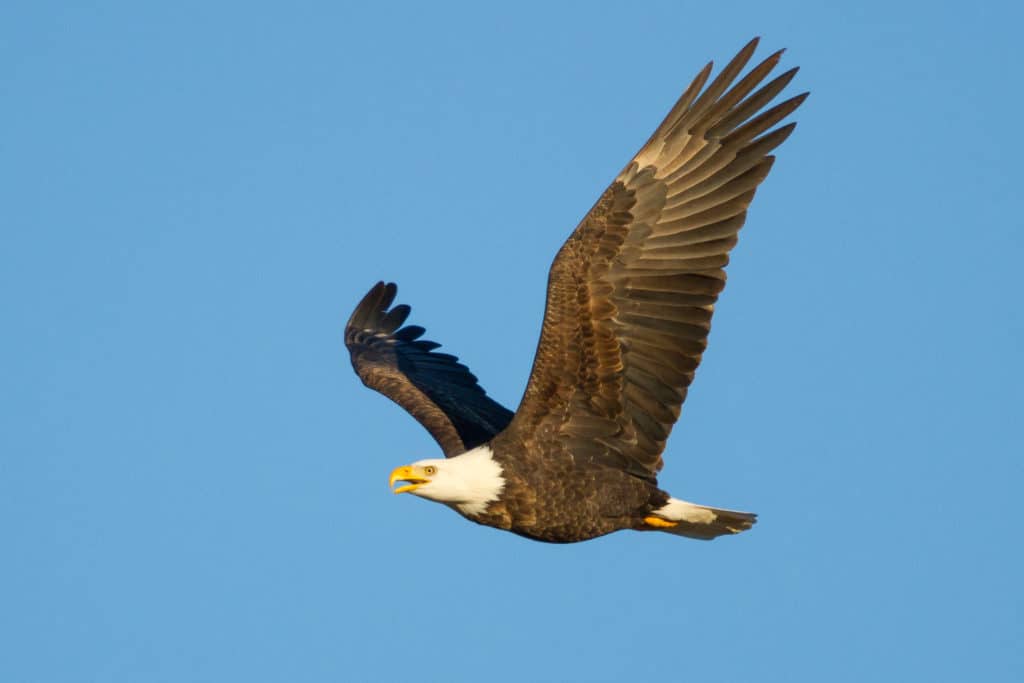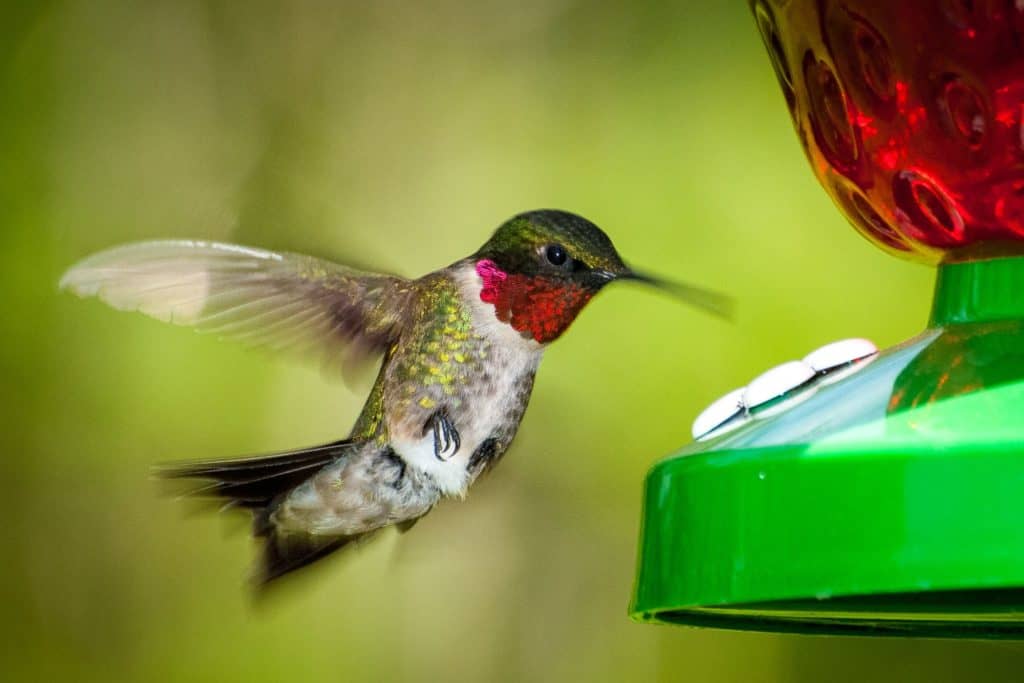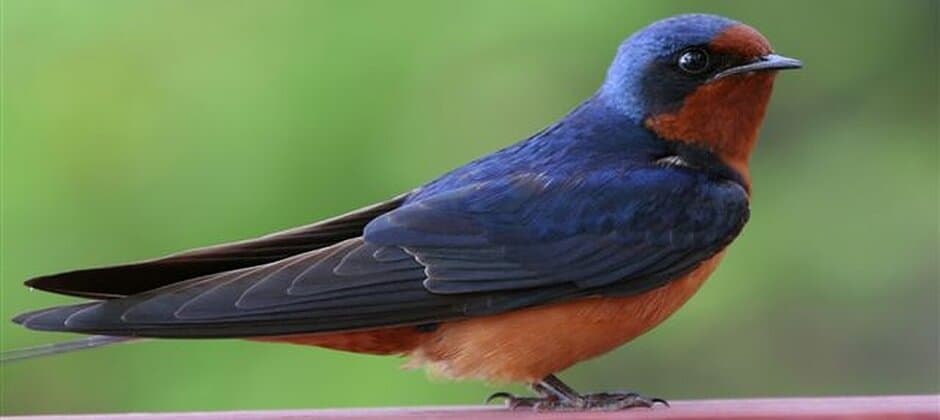Share this article
COVID-19 lockdowns brought out the birds
Nicola Koper had been studying the impacts of human development and traffic on wildlife for decades, often creating manipulative experiments to test how noise affects different species. When COVID-19 lockdowns began, she realized, so did the perfect natural experiment.
“We had this great tragedy for many people,” she said. “But it also made me feel morally obligated to learn from it.”
Koper realized the reduced traffic across the United States and Canada offered her the chance to look at human disturbance on wildlife at a larger scale than she could ever conduct a field study on. A professor of conservation biology at the Natural Resources Institute at the University of Manitoba, Koper is the senior author of a paper published in Science Advances looking at how mandates to control the pandemic among humans affected birds.
Since she and her colleagues were also in lockdown and couldn’t collect their own fieldwork, they turned to eBird citizen science data, allowing them to look at bird presence throughout the two countries.
The team analyzed springtime records of more than 4.3 million birds—from hummingbirds to eagles—for the years of 2017 to 2020, allowing them to look compare bird numbers before and after the lockdowns.

Bald eagle (Haliaeetus leucocephalus) abundances increased more in counties with stronger lockdowns. Credit: Ilya Povalyaev
They found that almost all the species they studied—80%—changed their habitat use during the lockdown. Most began increasing in abundance in more human-altered places, like urban areas or within tens of kilometers of highways, compared to previous years. That included most warblers and New World swallows, whose species make up about half the 3 billion birds lost in the last five decades. “So, it’s really relevant that those very ecologically important groups all benefited from decreased traffic,” Koper said.
Even species that seem adapted to humans, like the American robin (Turdus migratorius), increased their use of human-altered places. “They increased in abundance in urban areas and within tens of kilometers of airports and major roads,” Koper said. In the pre-pandemic period, traffic had clearly kept them from using these resources, she said.

Red-tailed hawk abundances decreased near highways, possibly because roadkill decreased. Credit: Paulson Des Brisay
A few species decreased their use of human-altered landscapes during the lockdown. Red-tailed hawks (Buteo jamaicensis) moved farther from major roads during the pandemic, which may be due to less roadkill. But overall, most birds increased their presence in these human-altered areas.
Koper hopes to find out what it is about traffic that affects birds, and if there are mitigation measures, like sound barrier walls or quieter pavements, that could make a difference.
“I think the most important thing we learn from this is how sensitive even common species are to human activity, and specifically, to traffic,” she said. “I think that indicates to us it’s much more important to deal with vehicular traffic than we realized before.”
Header Image: Barn swallows, which are threatened in Canada, stopped avoiding roads during lockdowns. Credit: Chris Koper








